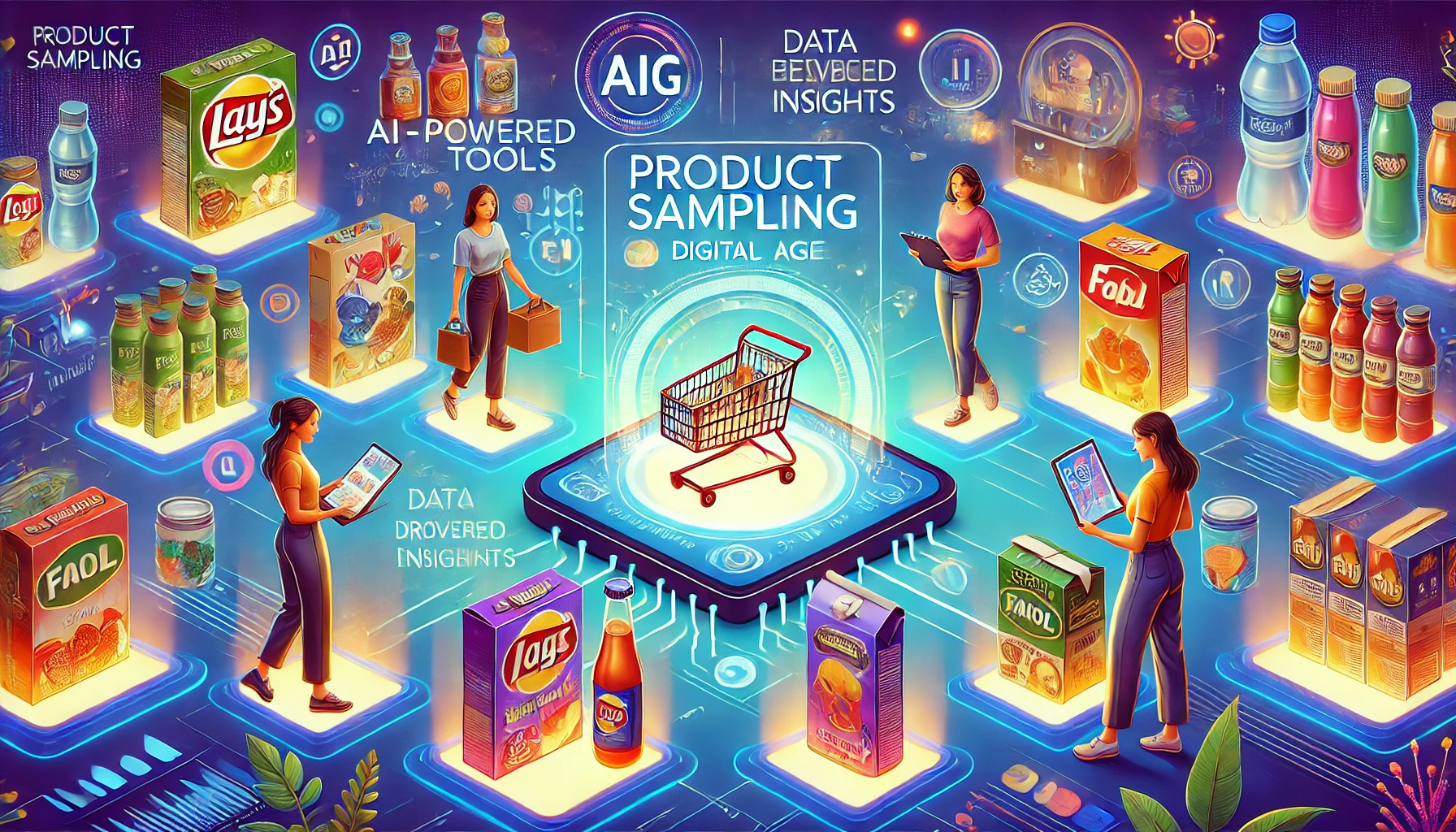
Why Product Sampling Works: Building Consumer Trust in the Digital Age
In the crowded world of FMCG products, gaining consumer trust can feel like an uphill battle. As brands vie for attention in an increasingly digital landscape, one timeless marketing strategy continues to stand out: product sampling. But why does product sampling work so effectively, and how does it adapt to the digital age? Let’s explore.
The Psychology Behind Product Sampling
At its core, product sampling is about building trust and confidence. When consumers are given the opportunity to try a product for free, several psychological principles come into play:
- Reciprocity: When someone receives something of value, they often feel a sense of obligation to reciprocate. In the case of product sampling, this can translate into a purchase.
- Risk Reduction: Free samples eliminate the perceived risk of trying a new product. Consumers are more likely to experiment when there’s no financial commitment involved.
- Tangible Experience: Unlike advertisements, product samples allow consumers to directly interact with the product, building familiarity and trust.
Adapting Product Sampling to the Digital Age
With the rise of e-commerce and digital engagement, product sampling has evolved to meet modern consumer habits. Here’s how:
- AI-Driven Personalization Digital platforms now leverage artificial intelligence to create hyper-personalized sampling experiences. By analyzing consumer data such as preferences, hobbies, and purchasing behavior, brands can ensure the right products reach the right audience. This targeted approach not only increases the likelihood of conversion but also enhances customer satisfaction.
- Subscription-Based Sampling Monthly sampling boxes have become a popular trend. These curated packages allow consumers to discover new products tailored to their interests. Platforms like Samplify take this model a step further by integrating AI to personalize each package.
- Feedback Loops In the digital age, brands can collect immediate feedback through online surveys, apps, or social media. This not only helps improve the product but also creates a two-way interaction that fosters loyalty.
- Virtual Sampling Experiences With advancements in augmented reality (AR), virtual product sampling is becoming a reality. For instance, consumers can “try on” makeup or visualize furniture in their homes before making a purchase, bridging the gap between digital and physical experiences.
The Benefits of Product Sampling
- Increased Brand Awareness: Sampling campaigns introduce products to new audiences, expanding reach.
- Higher Conversion Rates: Consumers who try before they buy are more likely to make a purchase.
- Valuable Consumer Insights: Sampling provides a direct line to consumer opinions, helping brands refine their offerings.
- Stronger Consumer Relationships: By offering free value upfront, brands create goodwill that can lead to long-term loyalty.
Building Trust Through Sampling
In the digital age, trust is more important than ever. Consumers are inundated with choices and often skeptical of marketing claims. Product sampling breaks down these barriers by allowing the product to speak for itself. When a consumer experiences the quality and value of a product firsthand, trust naturally follows.
Final Thoughts
Product sampling isn’t just a marketing tactic; it’s a trust-building strategy that adapts seamlessly to both traditional and digital platforms. In an era where consumer confidence is key, brands that invest in innovative sampling campaigns will stand out from the competition and create lasting connections with their audiences.
Are you ready to leverage the power of product sampling? Share your thoughts and experiences in the comments below!